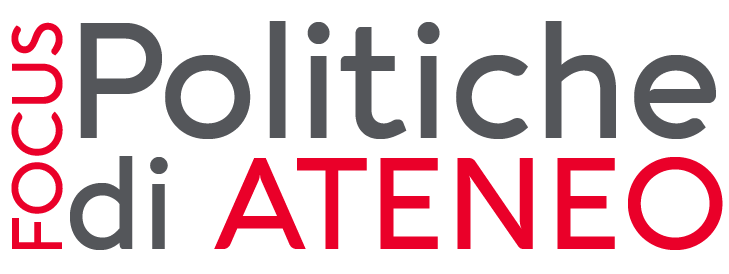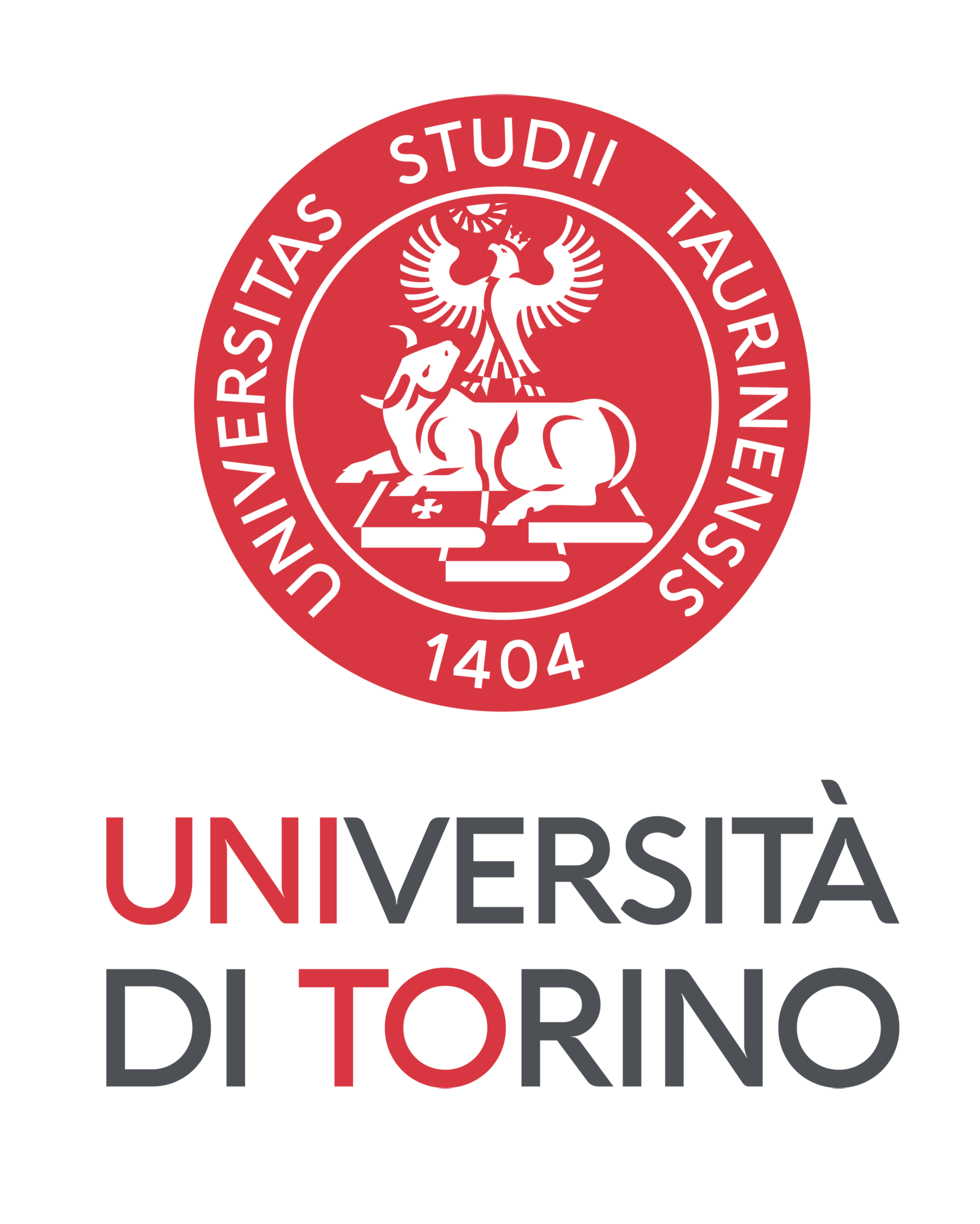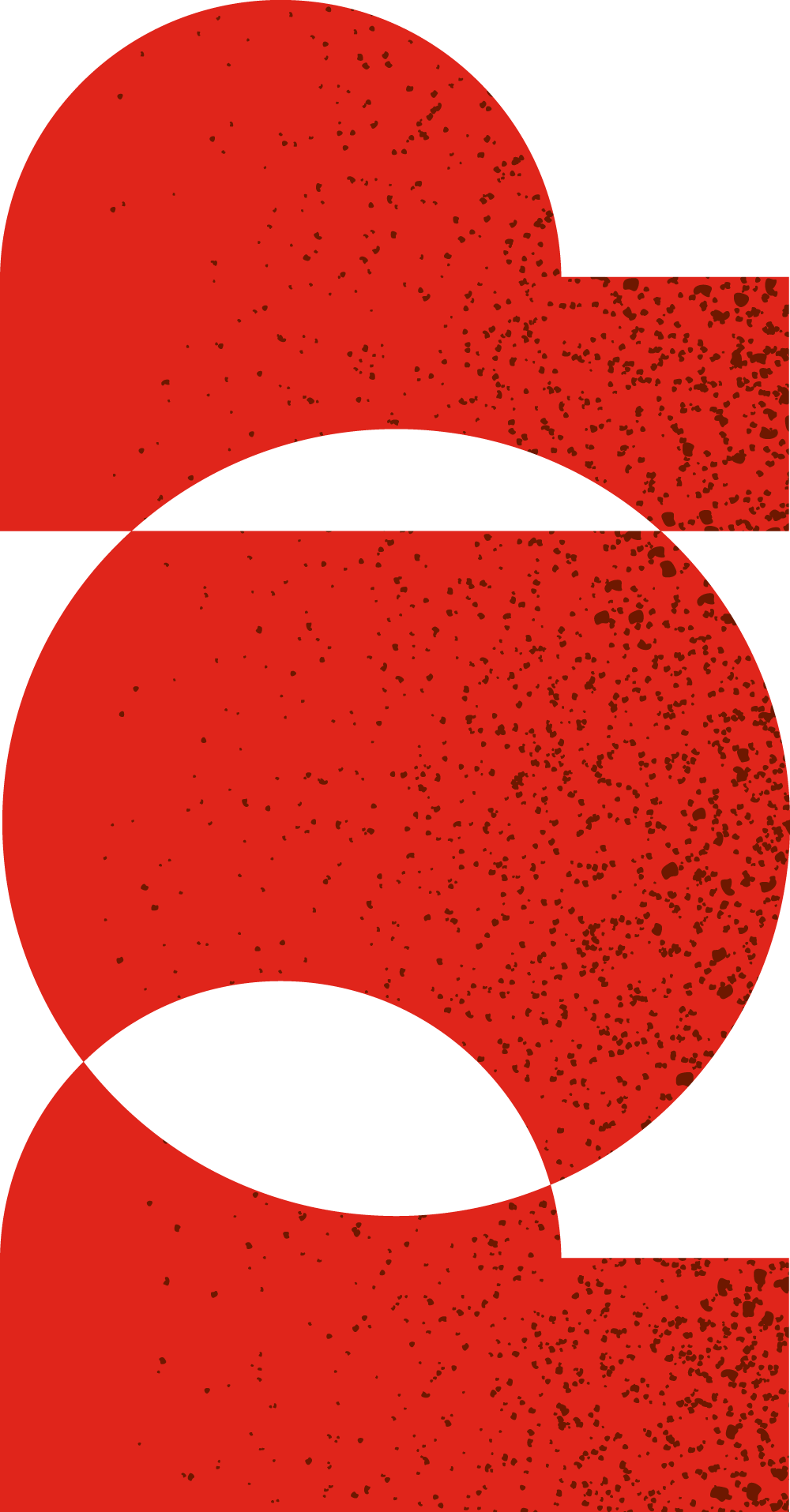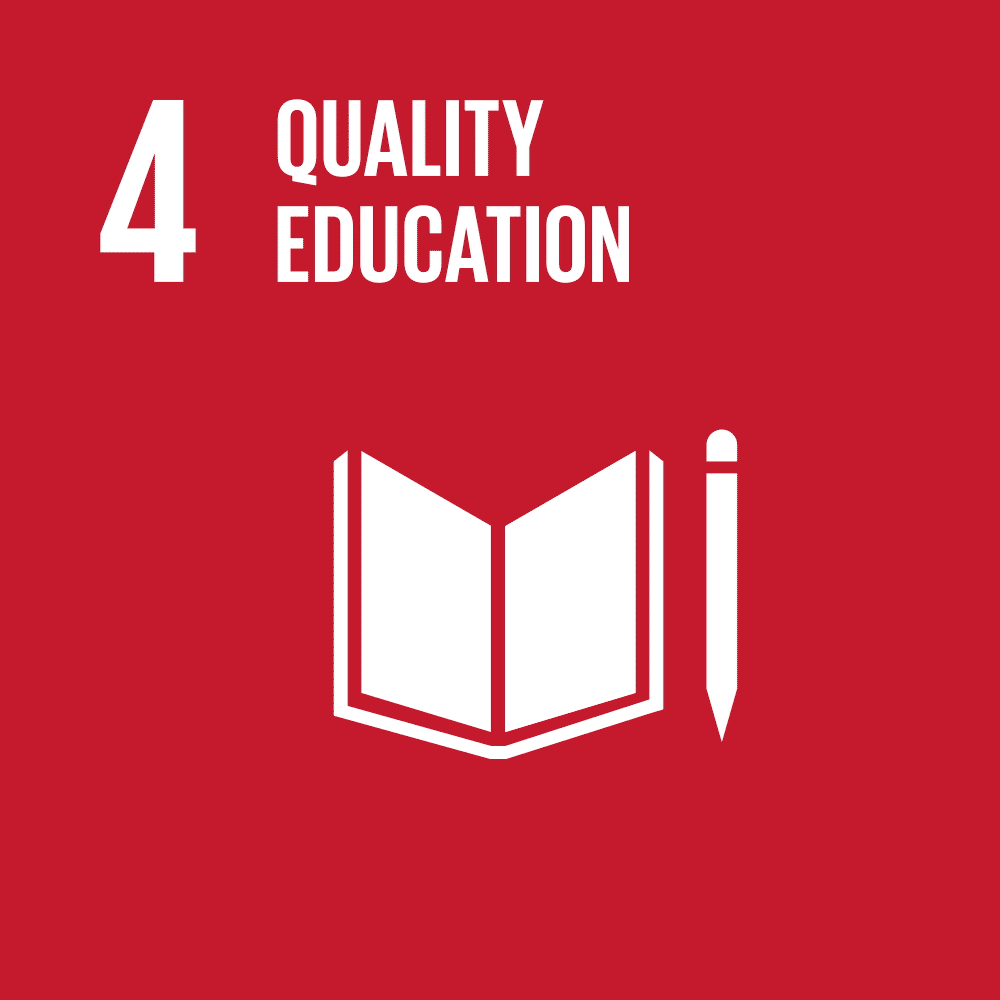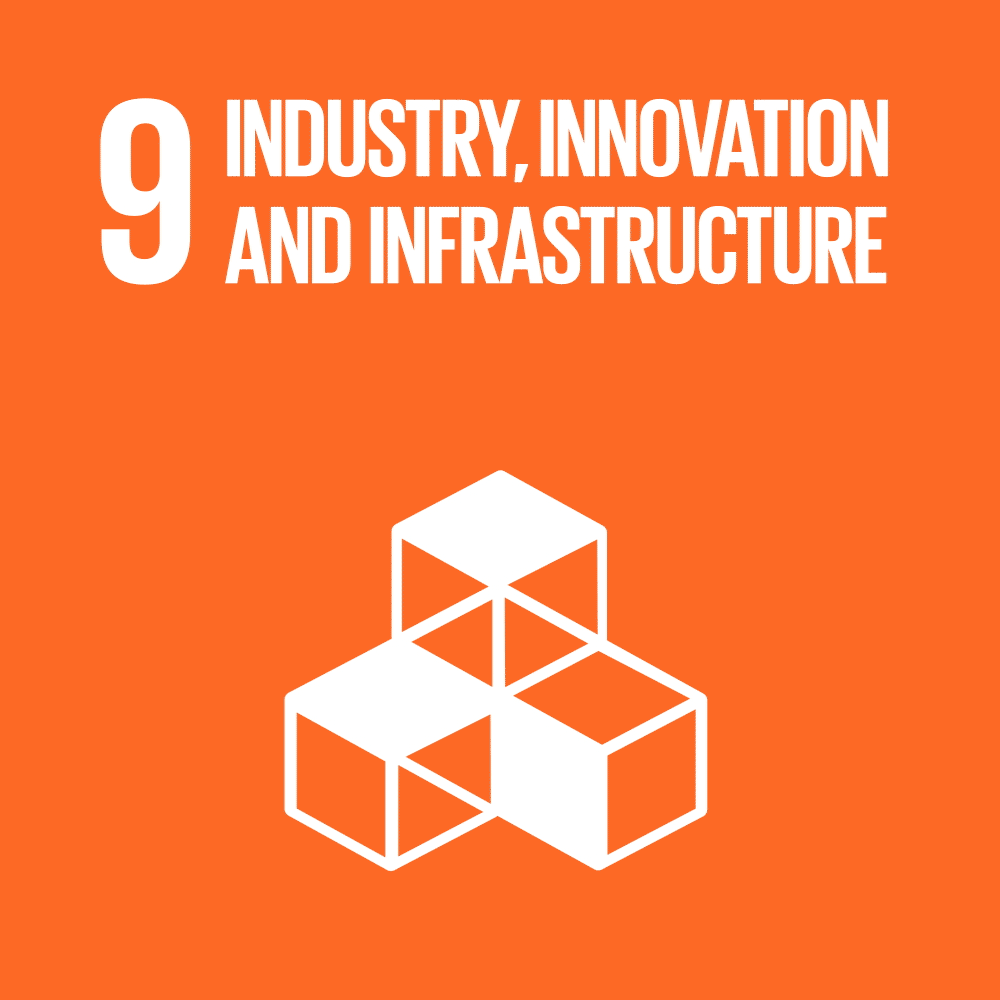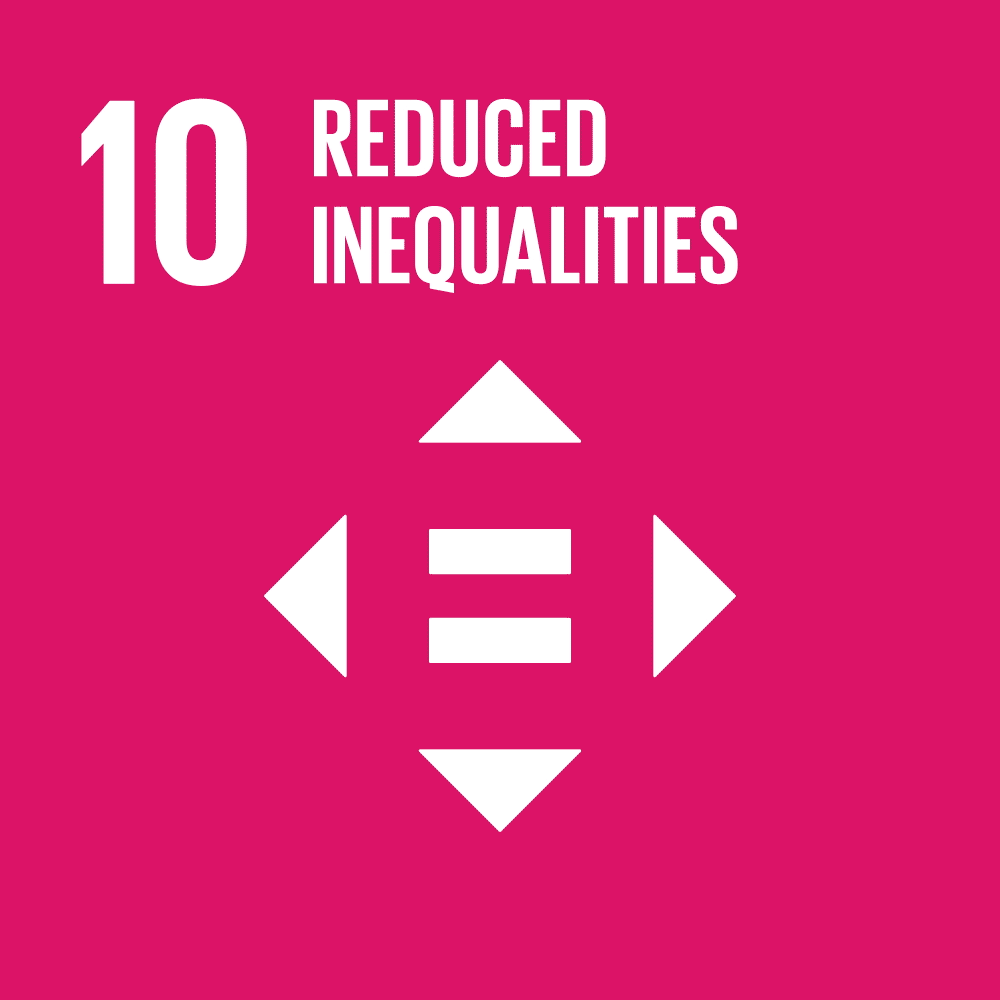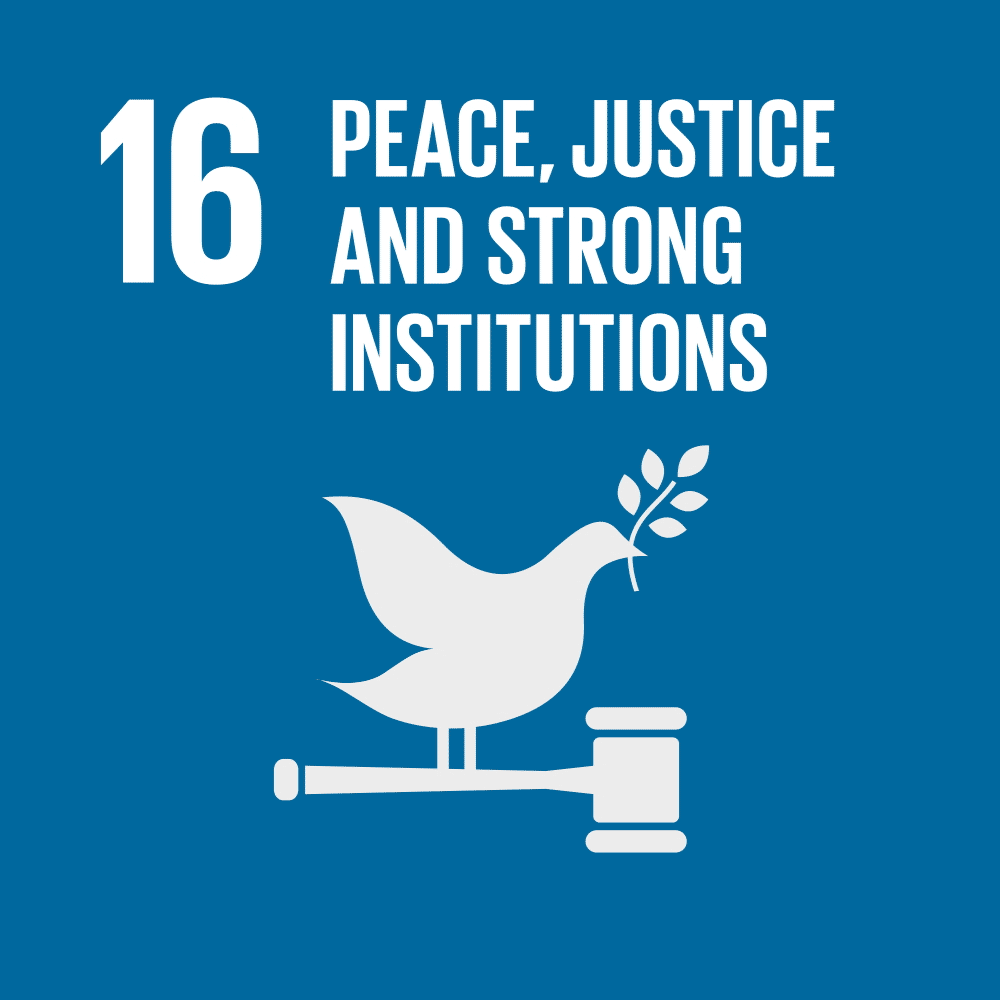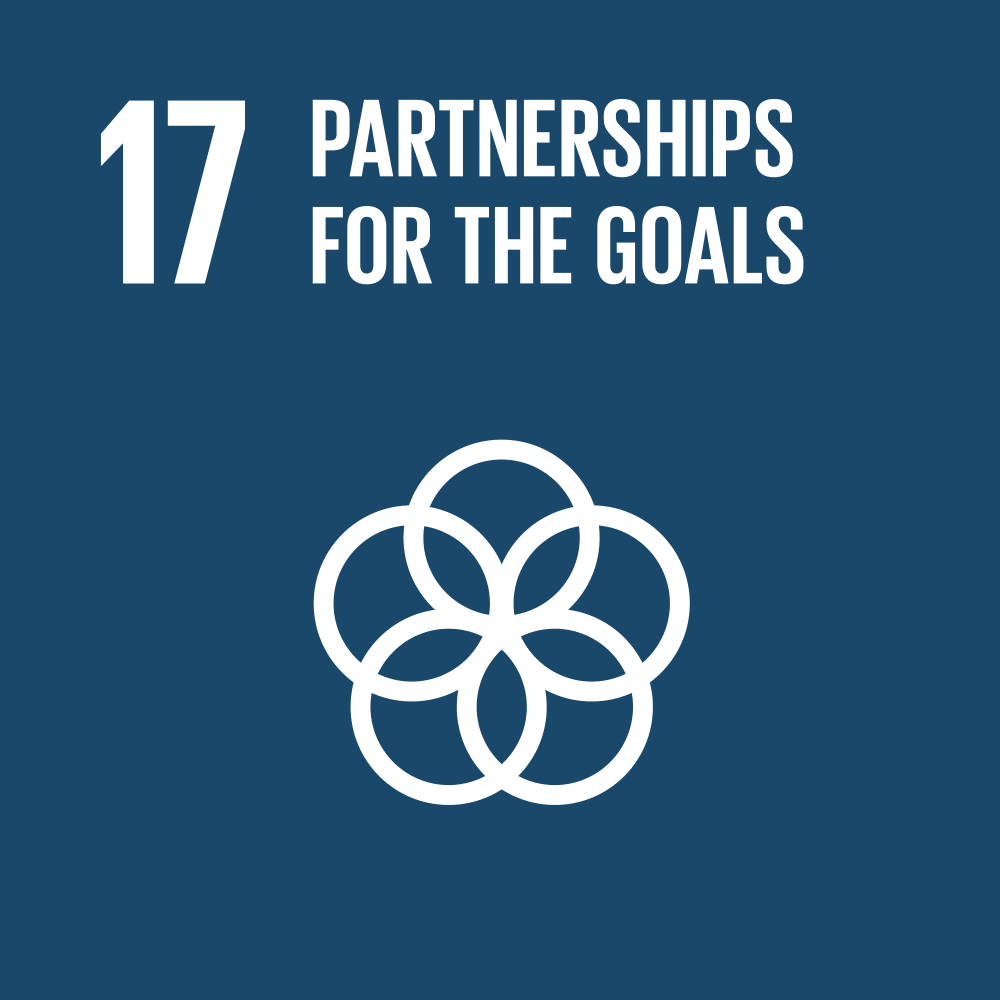Main results
In 2022 UniTo confirmed its great ability to attract resources and create transnational partnerships in order to improve the level of competitiveness in international contexts, and altogether submitted more than 1,400 projects on competitive research calls. More than 38 patents were filed between 2020 and 2022. More than 6,600 scientific publications have been produced and more than 580 research grants have been released.
Source: Report on 2022 research, training, and knowledge and technology transfer activities (L. 1/2009) Unito
Scientific production
Data on UniTo’s scientific production is collected through the uploading of published products on the iris.unito.it portal.
The average number of publications in Q1/class A journals per faculty member is taking a peculiar trend: it is increasing for non-bibliometric fields, while steadily decreasing for bibliometric fields.
Data for 2022, which reflect purely quantitative aspects, are affected compared to 2021 by the higher production intensity effect of the pandemic period. The constant quality of research is confirmed by the number of high-quality departments and the assessment of the scientific capacity of faculty members (ASN).
| Quantification of scientific production | ||
| Scientific production UniTo | 2021 | 2022 |
| Principal types | 8.714 | 7.735 |
| Monographs | 166 | 130 |
| Contributions in volume | 1.170 | 1.009 |
| Journal articles | 5.529 | 4.555 |
| Review in journal/literature review and Critical Note | 469 | 358 |
| Conference paper in volume | 315 | 301 |
| Conference paper in journal | 31 | 42 |
| Total products of the main types | 7.680 | 6.395 |
| Production per capita | 3.82 | 3.39 |
| Source: Report on research, training and technology transfer and knowledge activities 2022 (L. 1/2009) UniTo | ||
In 2021, the scientific activity of faculty members is also monitored through the “departmental performance” criterion, which uses not only the department’s VQR result but also an indicator that assesses the ranking of faculty members afferent to the department with respect to the threshold values of the faculty rank immediately above that in which they are incardinated. In 2022, it is high, with a good average performance of the teaching staff, evidenced by the fact that nearly 85% of the professors and lecturers afferent to UniTo meet the ASN requirements for national qualification to the higher faculty rank.
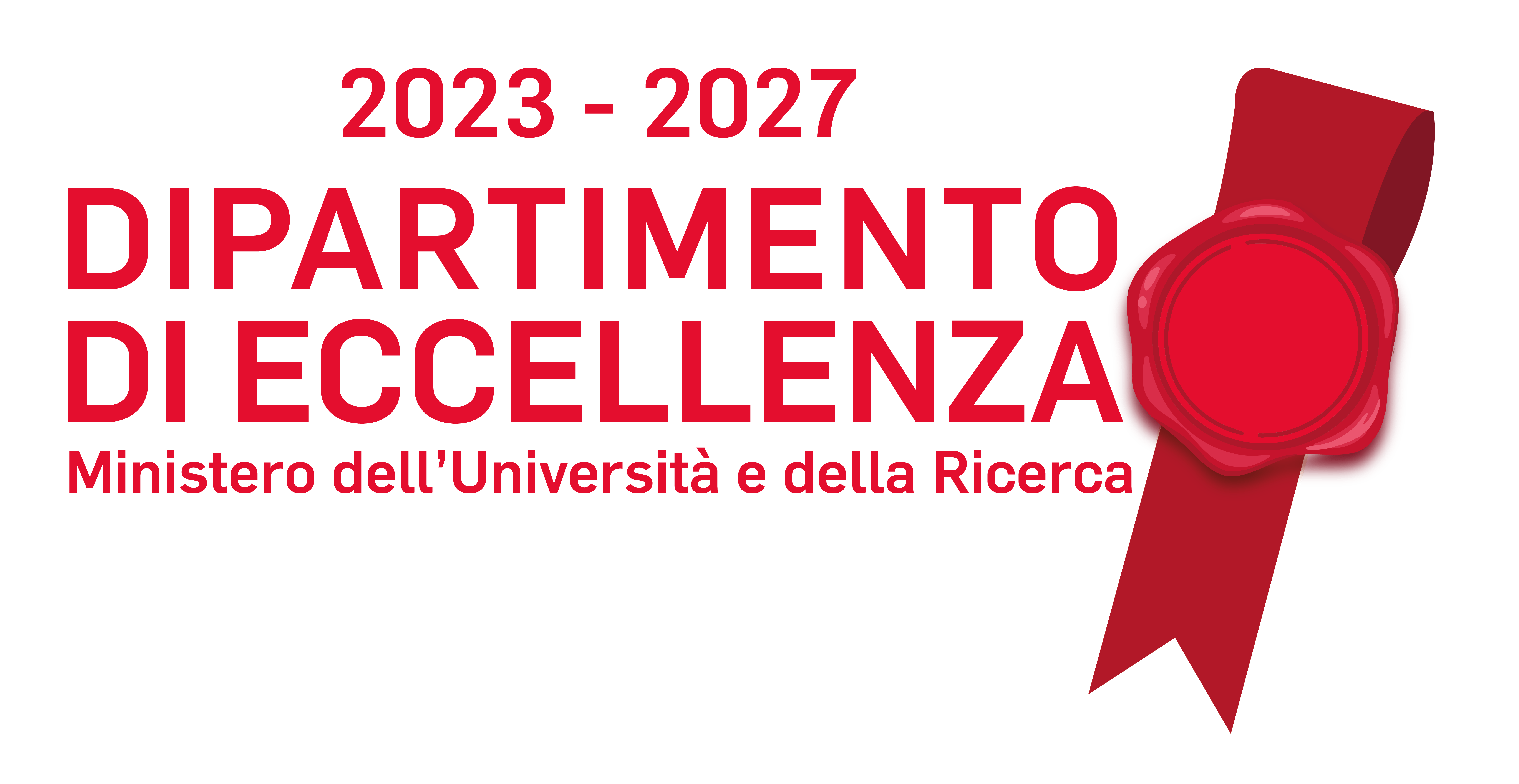
Ranking 6th overall by number of funded departments) UniTo is among the best in Italy and confirms the positive trend of the excellent results on the VQR presented in February 2022 by the National Agency for the Evaluation of the University System and Research (ANVUR).
In 2022, the Athenaeum signed 26 new agreements with universities in 13 countries that provide for inter-university cooperation activities for the implementation of mobility programs for teachers, researchers and faculty aimed at intensifying study and research activities. These agreements have made it possible to consolidate existing relationships between research groups and will be the means of initiating shared projects spanning the University’s various scientific-disciplinary areas.
The Athenaeum Library System (SBA)
The University Library System is the coordinated set of libraries and service facilities responsible for the preservation, development, enhancement and management of the documentary heritage, as well as access to online information resources, according to the needs of research, teaching, administration and evaluation. The University Library System consists of 22 libraries spread over 32 locations, with 2,809 user locations.
An important historical structure is the Turin National University Library, which has played the role of preserving and disseminating the cultural heritage represented by books for 300 years. It has had and still has as its goal to hand down to posterity and new generations the cultural treasure imprinted on paper, the historical, artistic, philosophical, and narrative content that will enable readers to better understand who they are, where they are, and grow along with the authors of the past and present. The TORINO CHE LEGGE event was held on April 20 and 21, offering free tours of the library on both days.
| The Athenaeum Library System (SBA) | ||
| 2021 | 2022 | |
| Bibliographic heritage | 2,75 milioni | 2,72 milioni |
| Non-paper heritage (online resources5) | 285.706 | 368.437 |
| Databases | 149 | 167 |
| Electronic periodicals | 94.249 | 98.478 |
| E-book | 121.759 | 186.926 |
| Other materials (documents, reports, grey literature) | 69.549 | 82.866 |
| Local loans | 76.685 | 87.524 |
| Interlibrary loans | 2.617 | 2.534 |
| Weekly opening hours | 1.424 | 1.464 |
| Annual opening days | 5.570 | 5.946 |
| User stations6 | 2.809 | 2.892 |
| New bibliographic acquisitions7 | 18.006 | 20.964 |
| Volumes and past heritage included in CATALOG | 21.331 | 26.472 |
| Number of libraries created8 | 1 | 1 |
| 5 E-journals, e-books, platforms and bibliographic and factual databases, documents, reports. 6 Including reading stations, computer stations, audiovisual and microfilm equipped stations, and workstations with facilities for disabled users. 7 The mode of data collection changed between 2021 and 2022. 8 It should be noted that these are understood to be libraries of bodies and cultural institutions in the area, which – following the signing of an agreement – are created within the application for the management of the bibliographic pole of the University, in relation to the National Library Service. The one activated during 2022 belongs to the Italian Society for International Organization – Piedmont and Valle d’Aosta Section. |
||
| Source: University Library Services | ||
